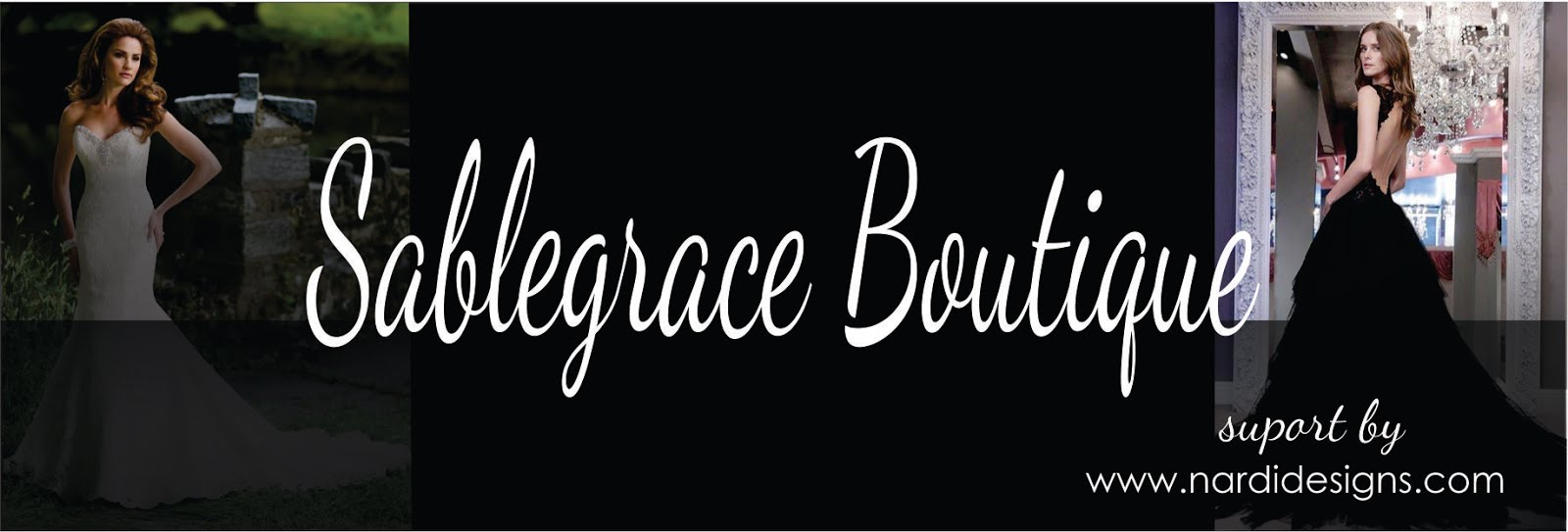 |
| 25th-wedding-anniversary-dresses |
25th-wedding-anniversary-dresses
The first documented example of a princess wearing a white wedding dress for a royal wedding ceremony is Philippa of England, who wore a tunic with a white silk robe bordered by a squirrel and an ermine in 1406, when she married Eric of Pomerania. Mary, Queen of Scots, wore a white wedding dress in 1559 when she married her first husband, Francis, Dauphin of France, as it was her favorite color, although white later became the color of mourning for the Queen of France.
It's not a widespread trend, however: before the Victorian era, brides married in any color, black became very popular in Scandinavia.
White became a popular choice in 1840, after Queen Victoria's wedding to Albert of Saxe-Coburg, when Victoria wore a white dress with Honiton lace. The wedding illustrations were widely publicized, and many brides chose white according to the Queen's choice.
Later, many people assumed that the color white was meant to symbolize virginity, when in fact that was not the original intention: the color blue was associated with purity, piety, fidelity, and the Virgin Mary.
Even after white became the dominant color, for a period, wedding dresses were adapted to the style of the time. In the early 1900s, clothing included many decorations, such as lace or frills. It is also adopted in wedding dresses, where decorative frills and lace are common. For example, in the 1920s, they were usually short at the front with a longer train at the back and worn with a cloche-style wedding veil. The trend to follow current fashion continued into the late 1960s, when it became popular to return to long skirt designs reminiscent of the Victorian era.
Since the mid-20th century, most Western wedding dresses have usually been white, although "wedding whites" include shades such as eggshell, ecru, and ivory.
White is not a universal wedding dress color. In Mexico, for example, red is a popular color.
current fashion
The bride in a contemporary version of the traditional long white wedding dress with a train, tiara and white veil.
sleeve type
In the early 21st century, about 75% of wedding dresses on the market were sleeveless and strapless.
Other brides prefer a simpler style with sleeves, a higher neckline, and a closed back. Most wedding dresses today have a lace back or a zipper back. Wedding dresses can also be long or short, depending on the type of wedding. Many Western ceremonial dresses are derived from Christian ritual costumes. So it is necessary to reduce skin exposure.
READ MORE Company Logo Design
In response to this trend, sleeveless or strapless dresses often wear long white gloves.
clothing line
Like any gown, the style of a wedding gown depends not only on the fabric, but also on its overall shape and features. Some of the most popular contemporary clothing silhouettes include: A-line, ballgown, empire, mermaid, tea-length, and trumpet. Popular types of contemporary necklines include: asymmetrical, bateau, halter, gem, off-the-shoulder, portrait, scoop, sheer, square, strapless, sweetheart and v-neck. Neckline refers to the shape of the material at the top of the dress as it falls on the neck and shoulders.
25th-wedding-anniversary-dresses
illustration on the site
designs .























